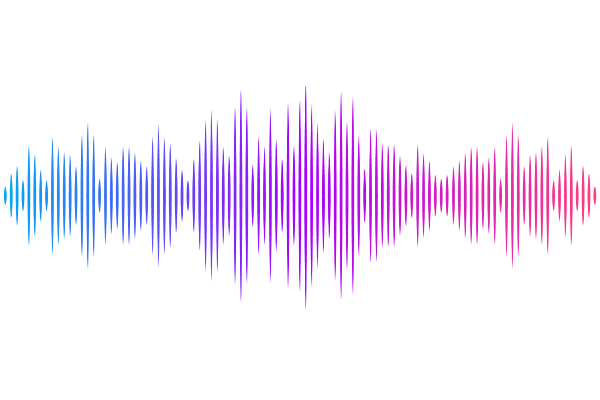Discovery of a DNA-based Optical Nanotube Sensor for Glucose Using Clustering and Deep Learning Algorithms

Discovery of a DNA-based Optical Nanotube Sensor for Glucose Using Clustering and Deep Learning Algorithms
Rabbani, Y.; Bregy, J.; Rousseau, B.; Sajjadi, S. H.; De Benedittis, L.; Behjati, S.; Mouhib, M.; Dehury, S.; Boghossian, A.
AbstractGlucose sensing is vital for managing diabetes. However, current sensors are invasive and secrete enzymatic byproducts that are inflammatory and toxic. Though DNA-wrapped single-walled carbon nanotubes (DNA-SWCNTs) emit fluorescence that is ideal for enzyme-free optical sensing, existing approaches have yet to identify a DNA sequence that can elicit a fluorescence response to glucose. We develop an approach based on clustering to design a diverse library of 90 DNA sequences to screen for a glucose response. The most responsive sequence was further improved based on favorable mutations predicted by deep learning and pattern recognition. This combination of experimental screening and supervised and unsupervised machine learning represents a generalizable approach to developing DNA-SWCNT sensors for even the most elusive analytes. KEYWORDS: near-infrared fluorescence (NIR-II), single-walled carbon nanotubes (SWNTs or SWCNTs), continuous glucose monitoring (CGM), directed evolution, clustering, deep neural network learning, pattern recognition